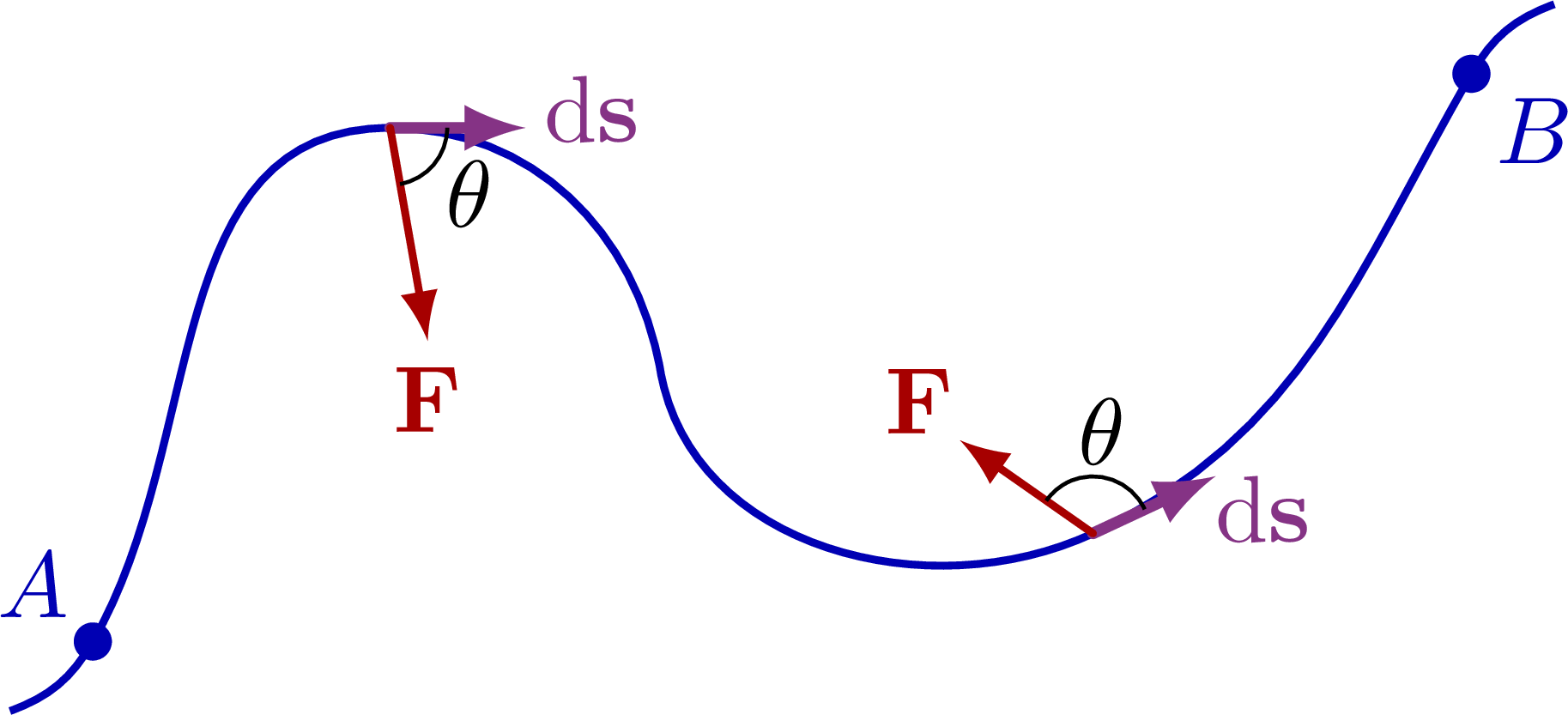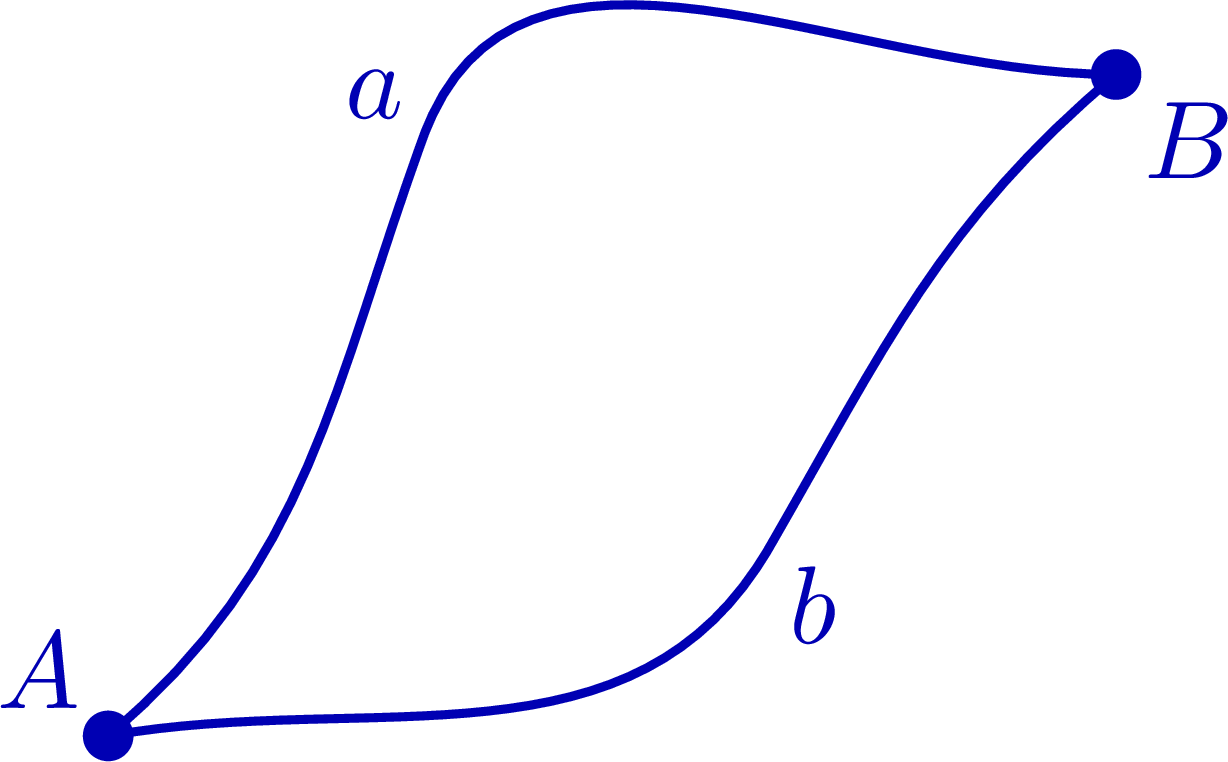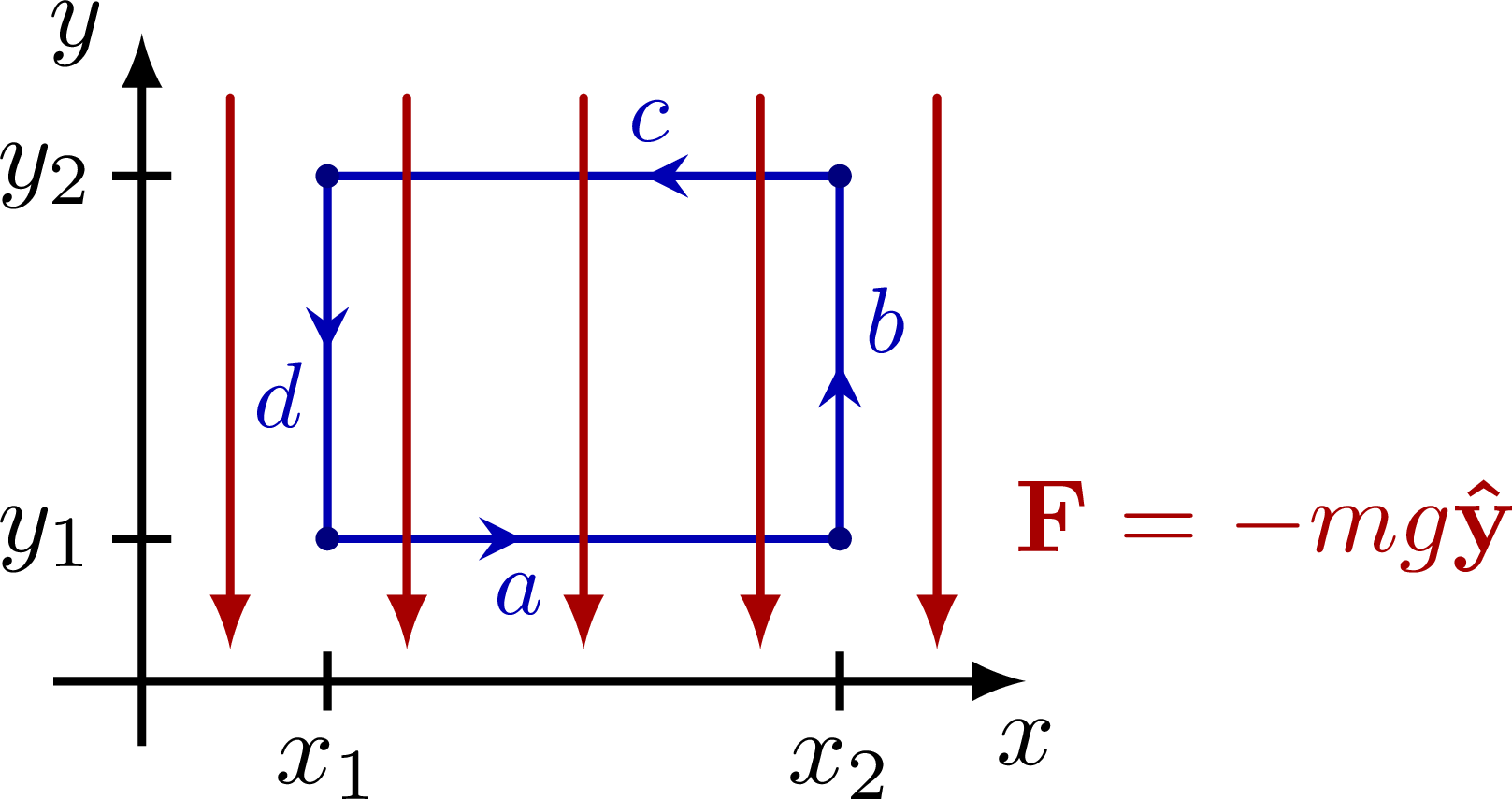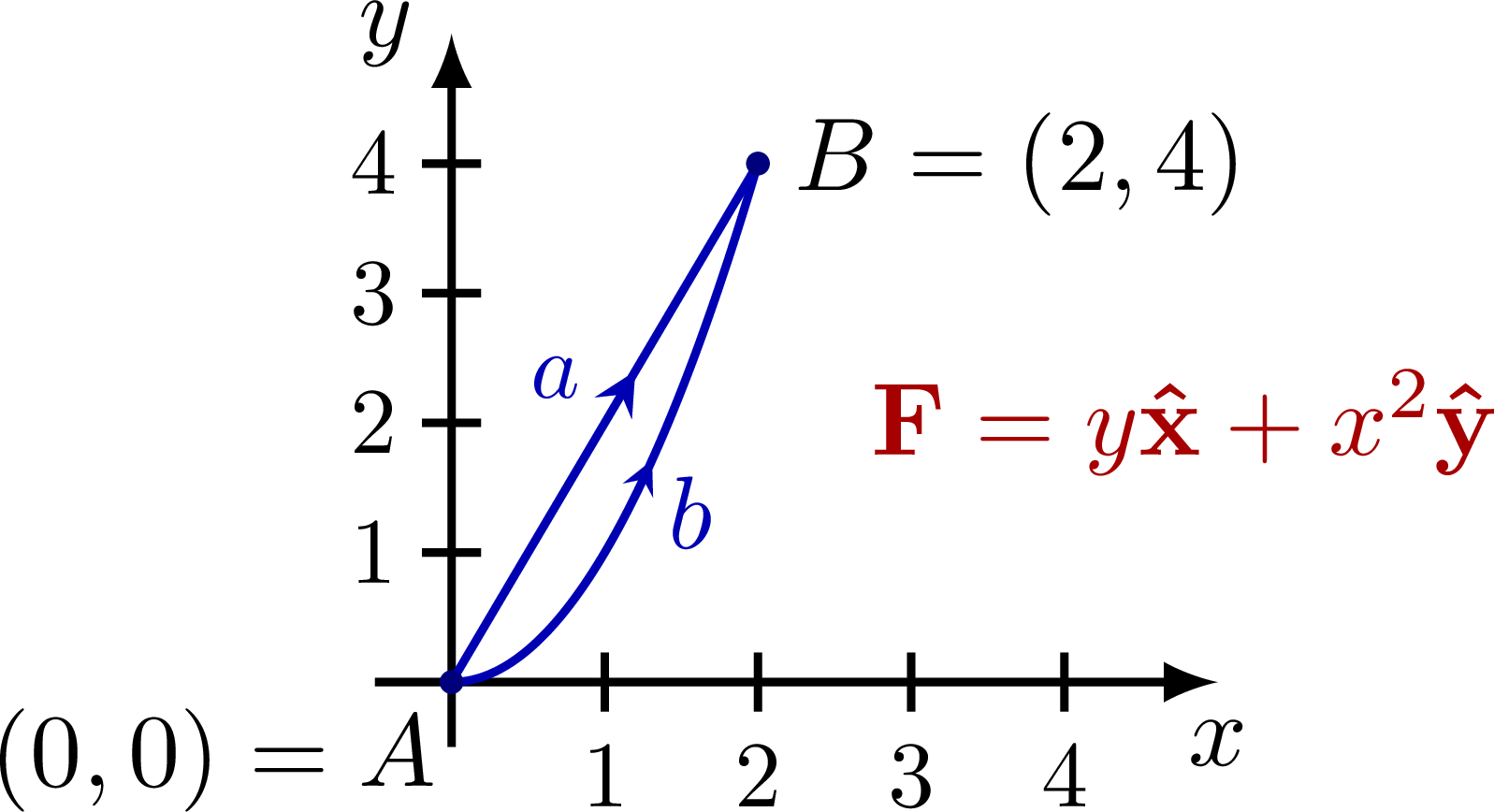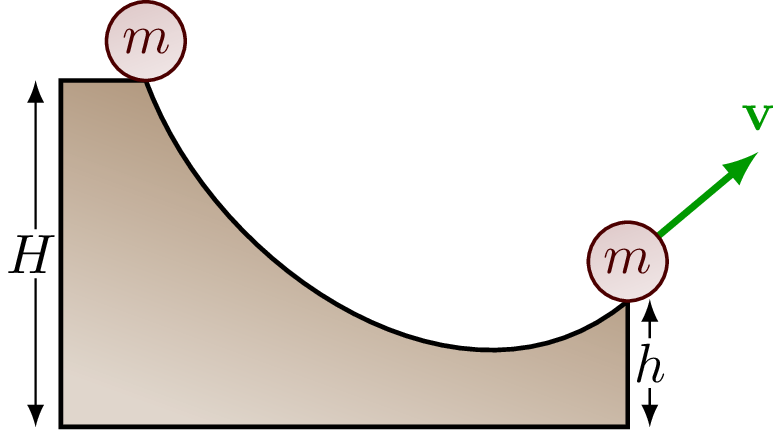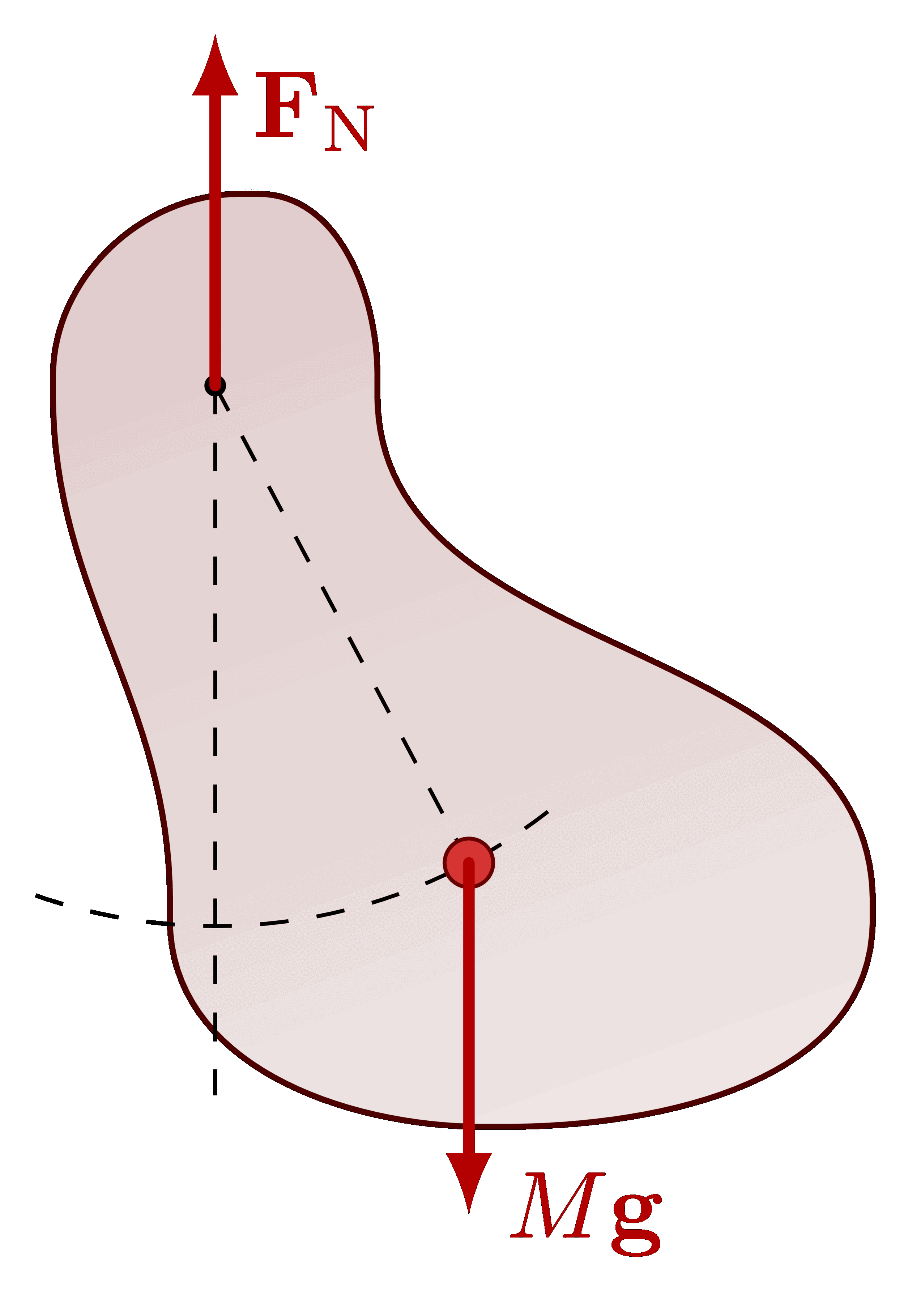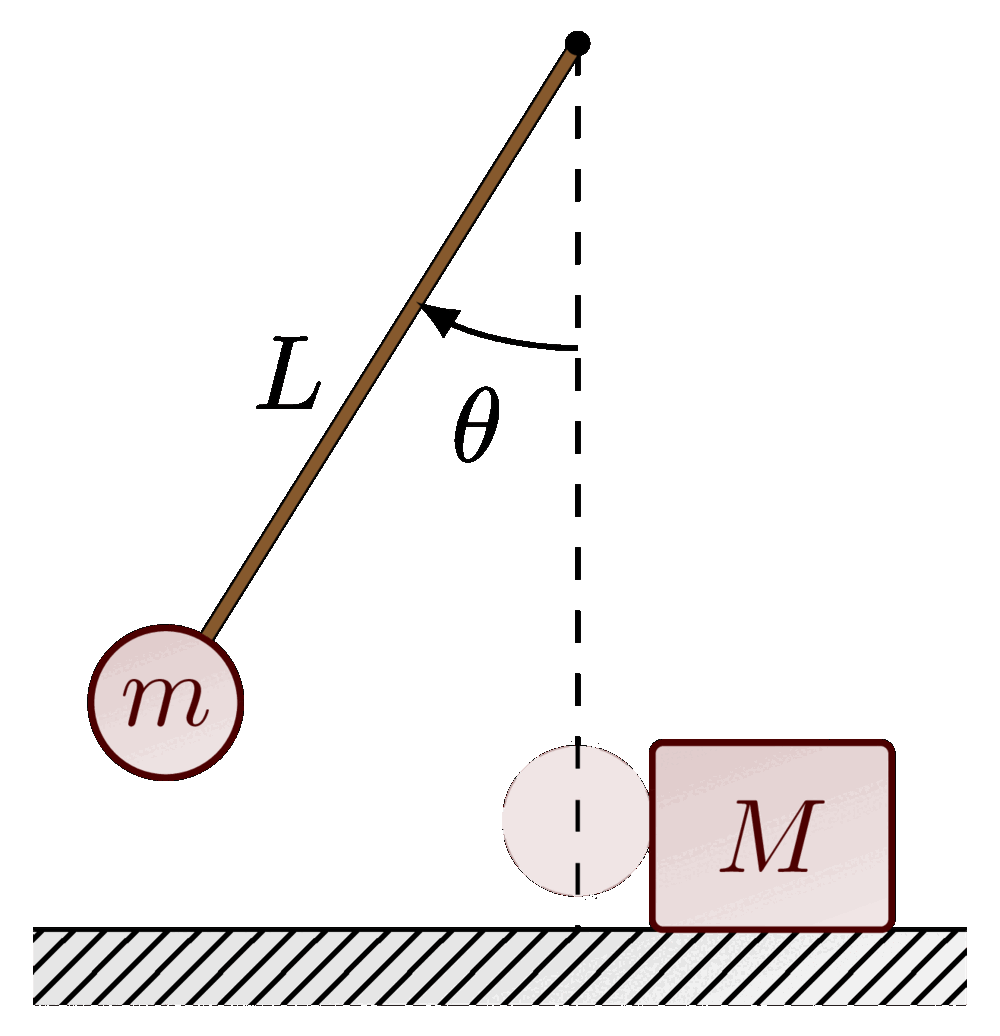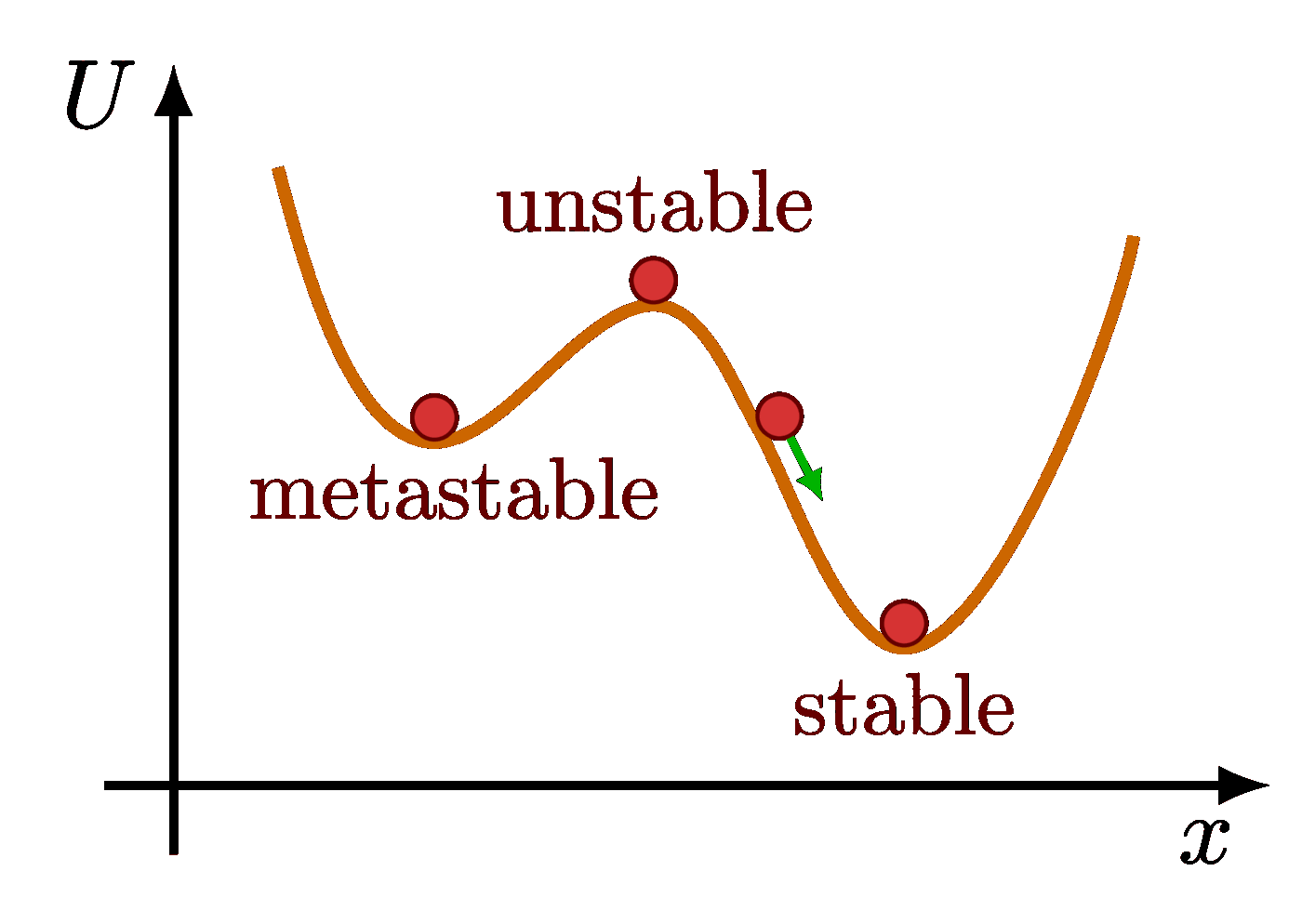Edit and compile if you like:
% Author: Izaak Neutelings (September 2020)% Inspiration: https://tex.stackexchange.com/questions/25531/adding-underbrace-in-tikz\documentclass[border=3pt,tikz]{standalone}\usepackage{physics}\usepackage{tikz}\usetikzlibrary{arrows.meta}\usetikzlibrary{angles,quotes} % for pic\usetikzlibrary{decorations.markings,arrows.meta}\tikzset{>=latex} % for LaTeX arrow head\colorlet{myred}{red!65!black}\colorlet{mydarkblue}{blue!30!black}\colorlet{xcol}{blue!70!black}\colorlet{vcol}{green!70!black}\colorlet{acol}{red!50!blue!80!black!80}\tikzstyle{vector}=[->,very thick,xcol,line cap=round]\tikzstyle{force}=[->,myred,thick,line cap=round]\tikzstyle{Fproj}=[force,myred!40]\tikzstyle{mydashed}=[dash pattern=on 2pt off 2pt]\newcommand{\vbF}{\vb{F}}\def\tick#1#2{\draw[thick] (#1) ++ (#2:0.1) --++ (#2-180:0.2)} %0.03*\xmax\tikzset{midarr/.style={decoration={markings,mark=at position #1 with {\arrow{stealth}}},postaction={decorate}},midarr/.default=0.5}\begin{document}% CURVED PATH\begin{tikzpicture}\def\ul{0.6}\def\Ra{1.4}\def\Rb{0.8}\def\anga{0}\def\angb{25}\coordinate (A) at (0,0);\coordinate (B) at (1.1,1.9);\coordinate (C) at (2.1,1.0);\coordinate (D) at (3.7,0.4);
Click to download: energy_work_paths.tex • energy_work_paths.pdf
Open in Overleaf: energy_work_paths.tex


